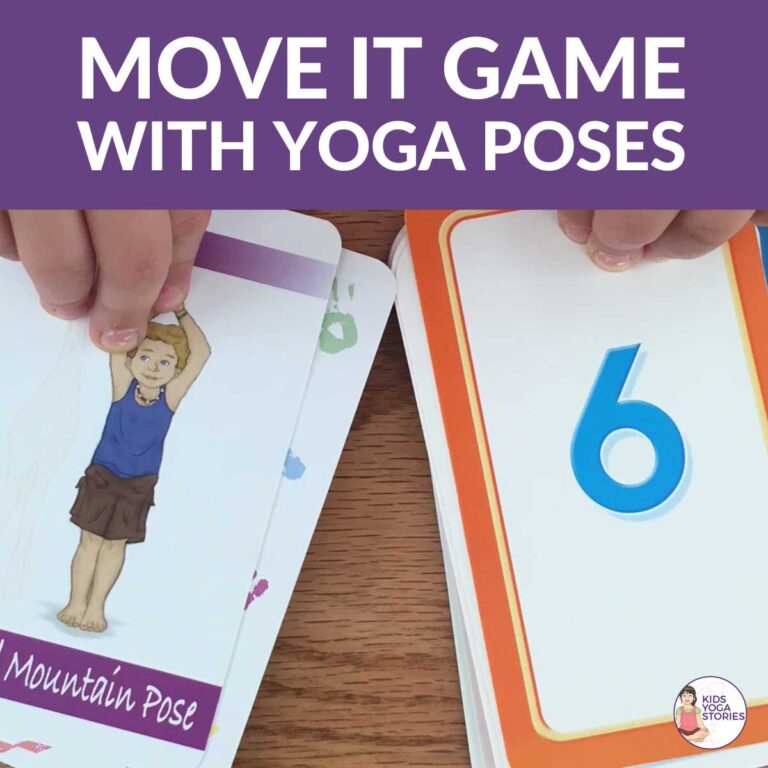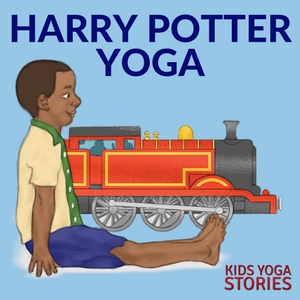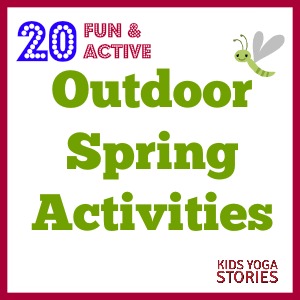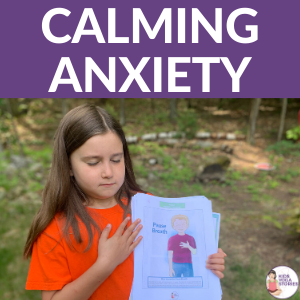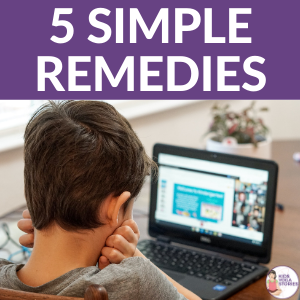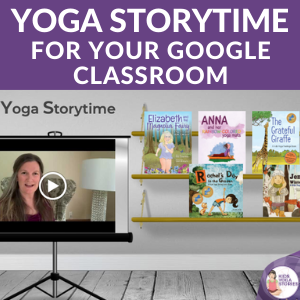3 Simple and Effective Strategies to Reduce Anxiety in the Early Childhood Classroom (Interview)
We all know that anxiety is a mental health issue that affects children in the early childhood classroom, especially right now. But what can we do about it?
For educators and caregivers, it is crucial to understand the underlying causes of anxiety, learn what’s under the surface of children’s behavior, and provide effective strategies to support children’s mental well-being.
In a recent discussion, Colleen Smith from Childlight Education Company shared her expertise and insights on promoting emotional regulation and reducing anxiety in the classroom, as well as simple, practical yoga and mindfulness activities that really work.
Understanding the Impact of Anxiety in Early Childhood
In the interview below, Colleen, a seasoned expert in kids’ yoga and mindfulness, talks about the complex factors contributing to anxiety in the classroom. She emphasizes that children, even at a young age, are susceptible to picking up on their parents’ moods, reactions to external events, and conversations.
The pandemic has also introduced unique challenges, with young children experiencing disruptions in social interactions, adapting to mask-wearing, and the effects of parents working from home. This disruption in routine and social experiences can significantly impact a child’s emotional well-being.
Get Your 3 Free Posters Here!

Receive our most popular yoga posters here absolutely FREE!
For a limited time, so don’t miss out.
Click Here to Get Your Posters
Recognizing Anxiety in Children
One key aspect that we discussed is the varied manifestations of anxiety in children.
Colleen highlights that anxiety can present as stomachaches, headaches, and physical discomfort, in addition to behavioral changes such as acting out, refusing to comply, and intense emotional reactions.
By recognizing these manifestations, educators can offer targeted support to children experiencing anxiety, creating a more inclusive and understanding classroom environment.
3 Effective Strategies to Reduce Anxiety in the Early Childhood Classroom
Colleen shares three effective strategies that educators can incorporate into their classrooms to help children manage anxiety:
1: Deep Belly Breathing
The first strategy involves teaching and practicing belly breathing, a simple but powerful technique to calm the nervous system. By incorporating breathing exercises into daily routines or morning meetings, teachers can create a calming atmosphere and equip children with a valuable self-regulation tool.
2: Mind Jars
The second strategy involves the use of glitter bottles or other mindfulness activities. These visual aids can capture a child’s attention, allowing them to focus on the calming movement of the glitter and engage in mindful breathing. Colleen highlights the effectiveness of these tools in calming children and redirecting their attention from sources of anxiety.
3: “Washing Machine”
The third strategy focuses on incorporating movement, specifically the “washing machine” or “empty coat sleeves” exercise, which involves twisting movements and accompanying sound effects. This movement helps release pent-up energy, provides grounding, and aids in reducing anxiety.
Supporting Educators in Addressing Anxiety
Colleen Smith from ChildLight Education Company emphasizes the importance of educators prioritizing their self-care while supporting anxious children. By practicing mindfulness, yoga, or any calming activity, educators can manage their own anxiety and create a positive, regulated environment for their students.
Colleen’s insights provide valuable guidance for educators seeking to address anxiety in the early childhood classroom. By fostering an understanding of anxiety’s impact, recognizing its manifestations, and implementing effective strategies, educators can create supportive and inclusive environments that promote emotional regulation and well-being among their students.
With a focus on self-care and the integration of mindfulness practices, educators can continue to make a positive difference in the lives of anxious children, fostering a nurturing learning environment where they can thrive.
Watch “How to Reduce Anxiety in the Early Childhood Classroom” Interview here
MAY WE SUGGEST
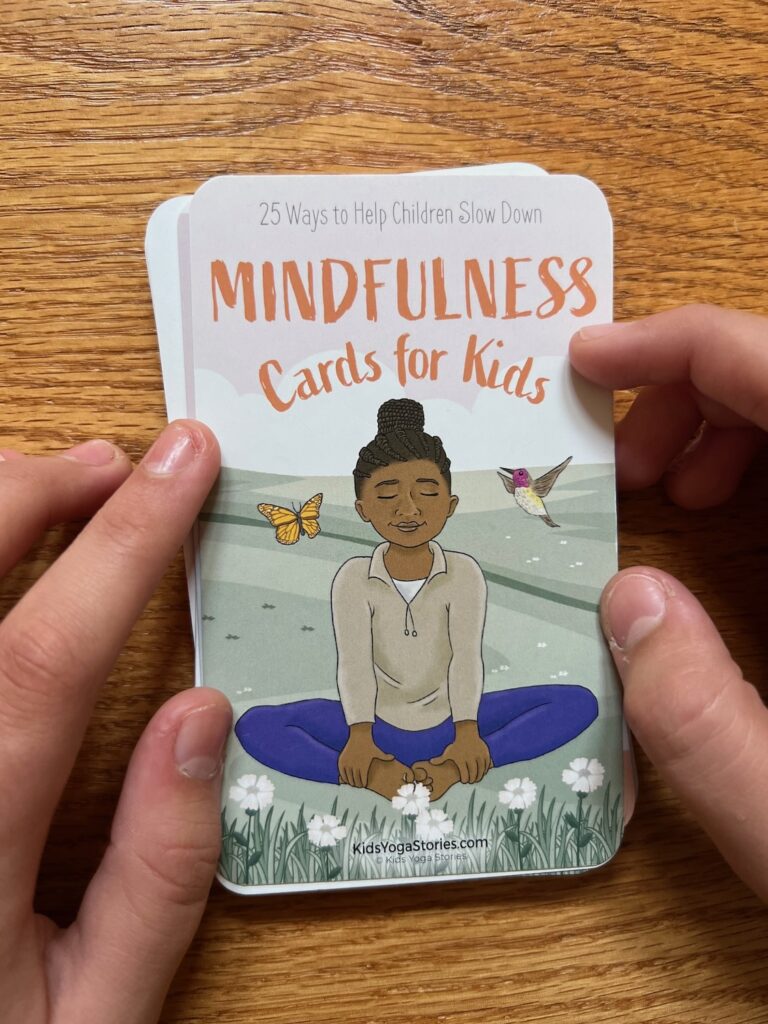
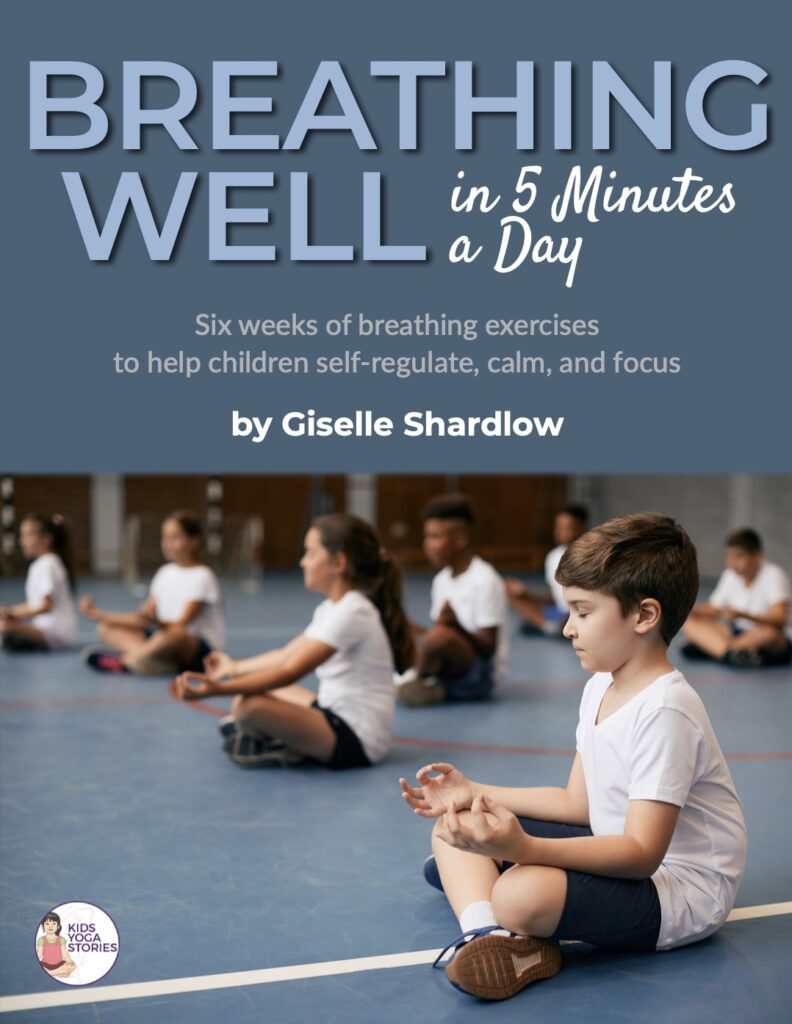
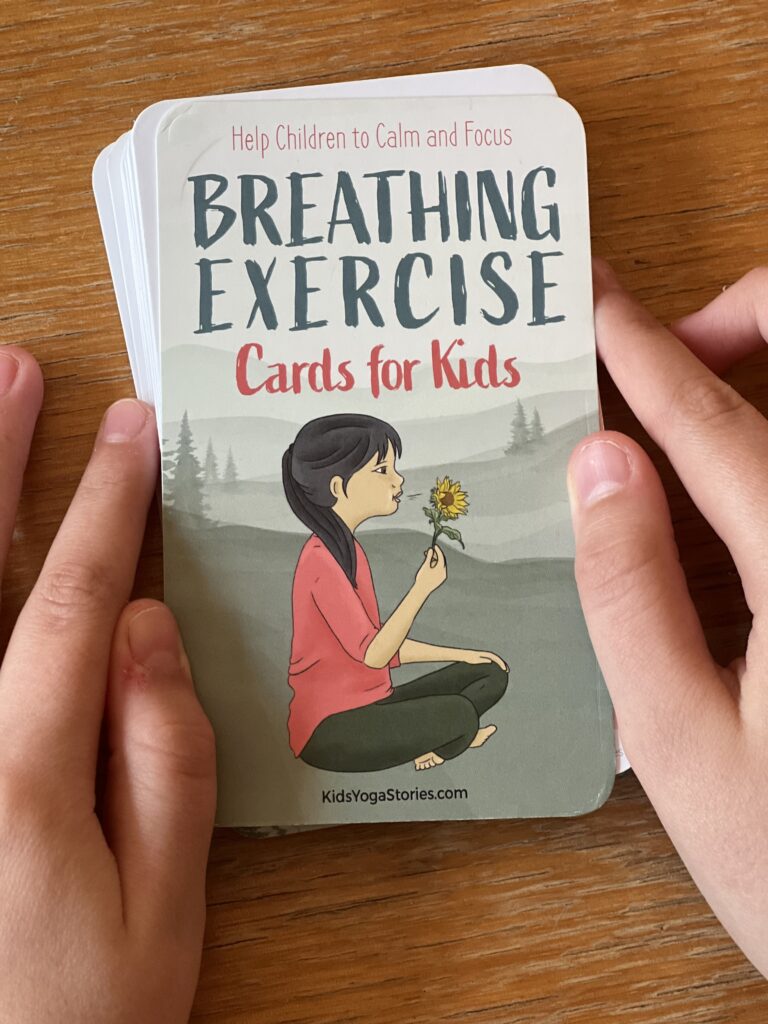
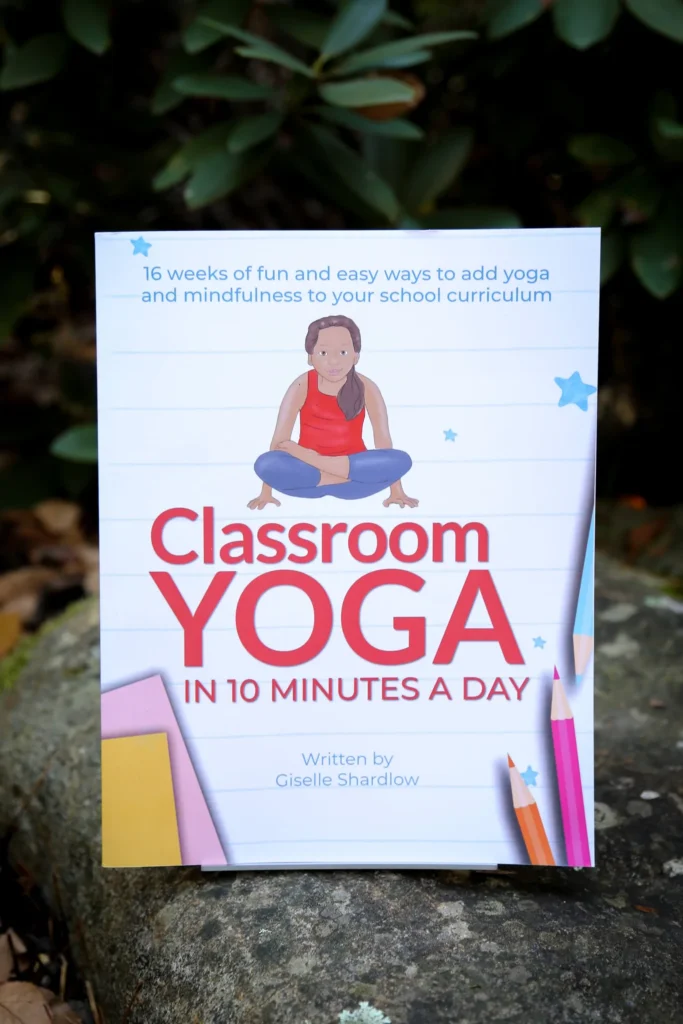
YOU MIGHT ALSO LIKE
SAVE FOR LATER






